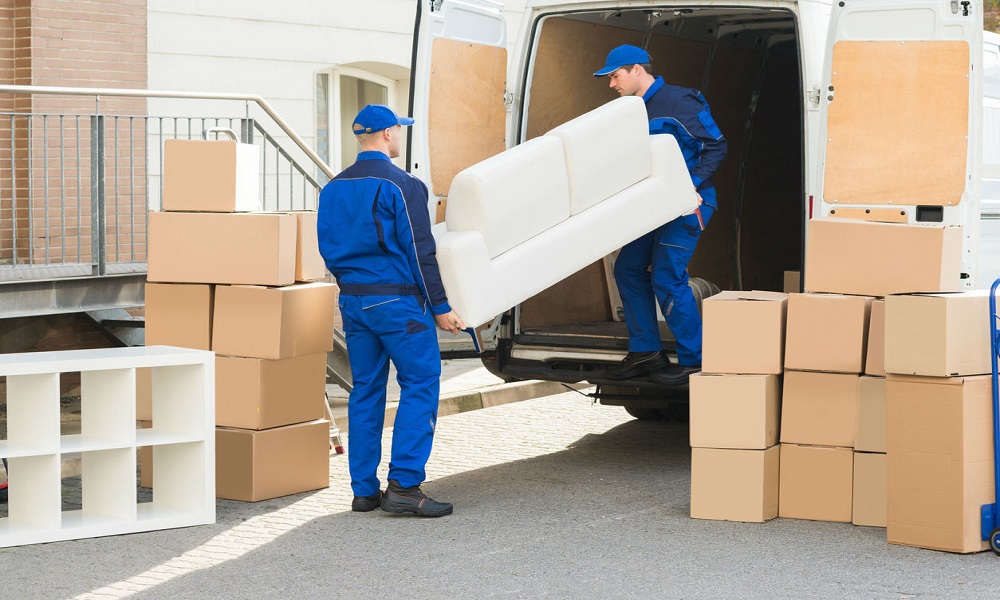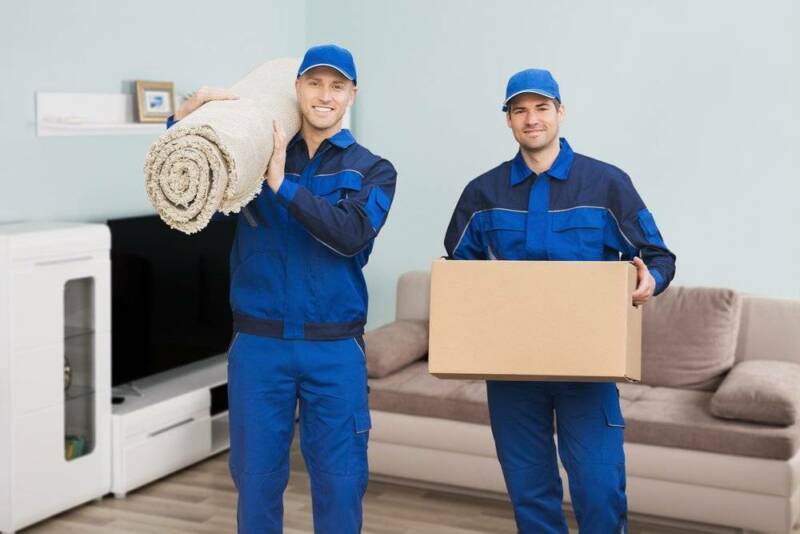Moving from one home to another is a big adjustment for everyone in the family, especially for your little one. Baby-proofing your new home is essential to keeping your child safe and ensuring a smooth transition.
You want to make sure that the new house is as safe as possible for your baby, and there are a few key areas you should focus on.
Why Do You Need to Make Your New House Child-Safe?
Approximately eight children aged zero to four die from unintentional injuries daily. A majority of these injuries occur in the home. Many of these accidents are preventable with proper safety measures in place. It will take a lot of time and effort, but keeping your child safe with child proof locks, safety gates, safety plugs and making potentially dangerous items off-limits will mean that you won’t be constantly worried about your child’s safety.
By baby-proofing your new home, you can help reduce the risk of injuries and create a safer environment for your child. This is also a major concern if you move from one home to another with small children.
What are the Main Areas to Focus on When Baby-Proofing Your New Home
There are four main areas you should focus on when baby-proofing your new home:
1. Electrical outlets
All electrical outlets should be covered with childproof outlet covers. This will help prevent your child from sticking their fingers or other objects into the outlets and getting an electric shock. Electrical cords should also not be within reach in the living room and bedrooms where the baby frequents. Hanging cords are a big risk for your baby or little child.
- Stairs
If your new home has stairs, you will need to install safety gates at the top and bottom of the staircase. This will help prevent your child from falling down the stairs and getting injured. This is always included in any babyproofing checklist or guide because of the potential dangers a fall could bring.
- Kitchen
A kitchen is a dangerous place in the home for small children. Many hazards, such as sharp knives, hot stoves, and poisonous cleaning products, need to be addressed. You should make sure that your kid does not get near the stove or be able to reach pots of hot food to prevent burns and other accidents in the house.
- Bathroom
The bathroom is another dangerous room in the home for small children. There are many potential hazards in the bathroom, such as drowning in the bathtub, getting scalded by hot water, and ingesting poisonous cleaning products. There should also be cabinet locks for the bathroom cabinets, a toilet lock, and safety locks for the medicine cabinet and other cabinet doors.
- Bedrooms
In the bedrooms, you should install baby monitors to keep an eye on your sleeping child. You should also remove any small objects that can become a choking hazard such as coins, buttons, and beads. These should be far from a baby’s reach.
- Windows
All windows in the home should be equipped with window guards or safety netting. This will help prevent your child from falling out of the window and getting injured.
- Doors
All doors in the home should have door locks and stops installed at the base of the door. This will help prevent your child’s fingers from getting caught in the door and injured.
- Garages
A garage is dangerous for small children because there are many hazards, such as cars, power tools, and poisonous chemicals. If you have a garage, you should keep your child out of the garage at all times.
- Swimming Pools
If your new home has a swimming pool, you should install a fence around the pool. This will help prevent your child from getting into the pool and drowning. You should also install a pool cover to keep your child safe when the pool is not in use.
- Backyards
Your backyard should be fenced to keep your child safe from animals and strangers. You should also remove any hazards in the backyard, such as pools, trampolines, and swing sets.
Tips You Need to Consider When Moving With a Baby
Once you know which area needs more attention, you can start baby-proofing your home. Here are some tips on how to make your home safe for your little one:
- Cover all electrical outlets.
- Put up safety gates at the top and bottom of the stairs.
- Keep all cleaning supplies and chemicals out of reach.
- Use door knob covers on all doors leading outside.
- Install window guards on all windows.
- Place corner and edge cushions on sharp corners and furniture edges.
- Store all small objects and toys out of reach.
- Keep all doors and windows locked when not in use.
- Never leave your child unattended, even for a moment
- Never leat them hold any sharp objects
Separate Unpacking Space for Baby Items
When unpacking after a move, it is best to set up a separate space for your baby’s things. This way, you can keep an eye on your little one while still getting everything unpacked. You can use a playpen or pack ‘n play as a safe space for your baby to play while unpacking boxes and furniture.
Label Boxes “Fragile” or “Do Not Open”
If you have any boxes containing fragile items or things that could be dangerous for your baby, label them accordingly. This will help prevent anyone from accidentally opening them and putting your child in danger.
Keep an Eye on Your Baby at All Times
Even if you have taken all the necessary precautions to baby-proof your home, it is still important to keep a close eye on your little one. If you need to step away for a moment, be sure to take your baby with you or ask someone else to watch them. It only takes a moment for an accident to happen, so it is always better to be safe than sorry.
Plan Another Activity With Kids On Moving Day
Although everyone will be excited about the move, it is essential to remember that it can be a stressful day for kids. If possible, try to plan another activity for them to do on moving day, so they are not underfoot. This could be going to a park or playing at a friend’s house.
Make Sure Your Baby’s Vaccinations are Up-to-Date.
You should do this anyway, but it is essential if you are moving to a new area. Make sure your baby’s vaccinations are up-to-date, and you have all their medical records. This way, if they need to see a doctor in your new town, they will already have everything they need.
The Takeaway
Moving with a baby can be a lot of work, but it is definitely doable. You can ensure that your little one stays safe during the move by taking the time to baby-proof your home and being vigilant.
You must ensure that the new house is as safe as possible for your baby. By having a checklist from a professional removalist, you can make a move less stressful.



